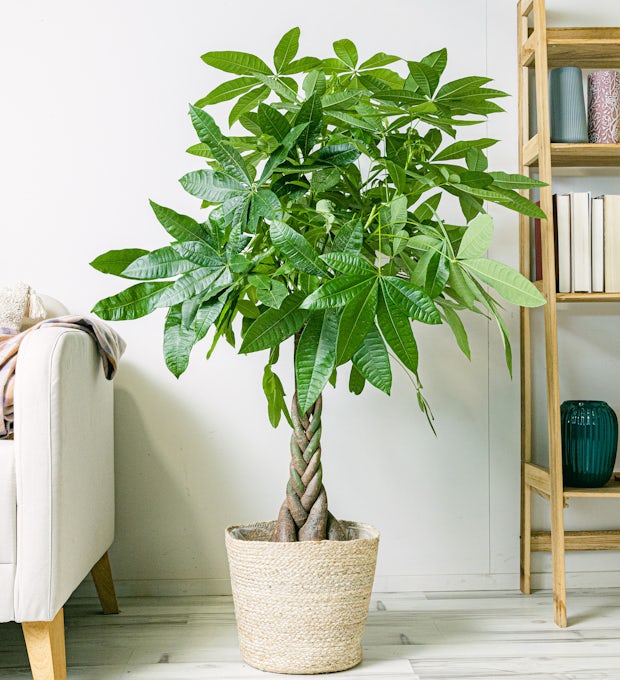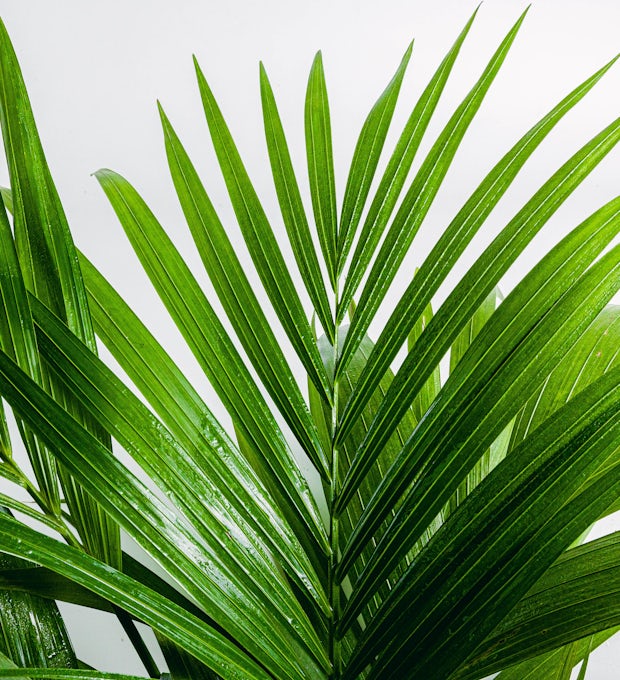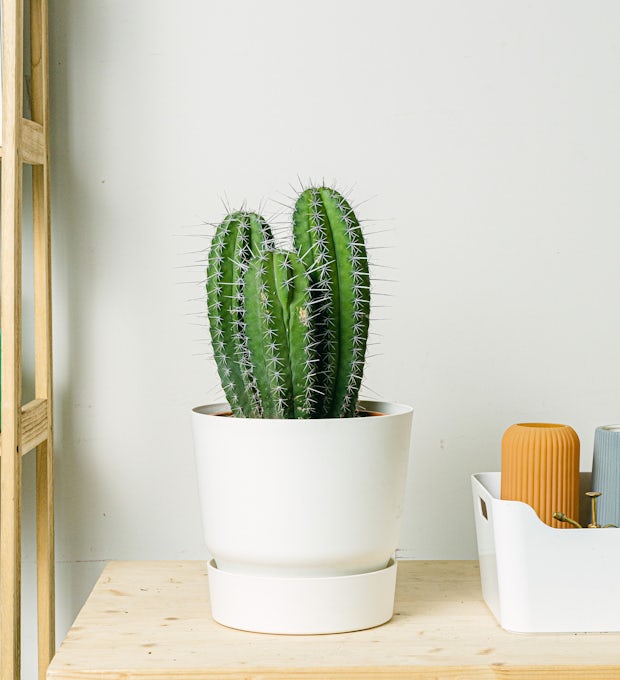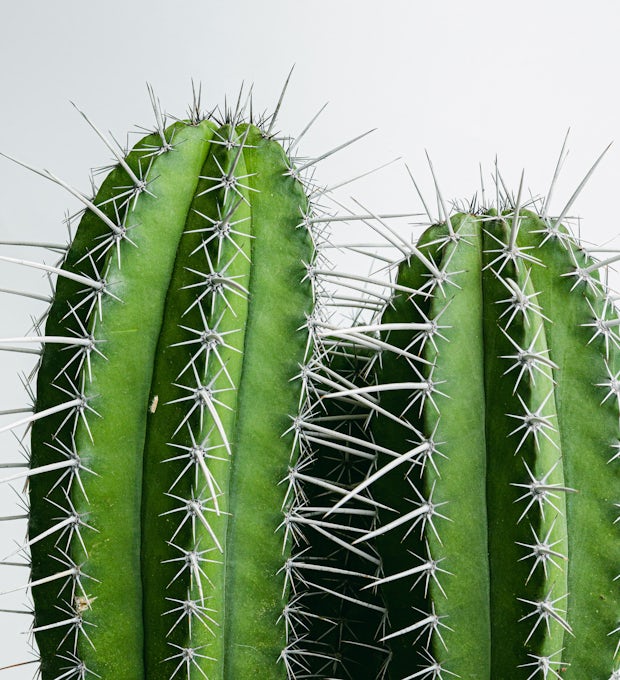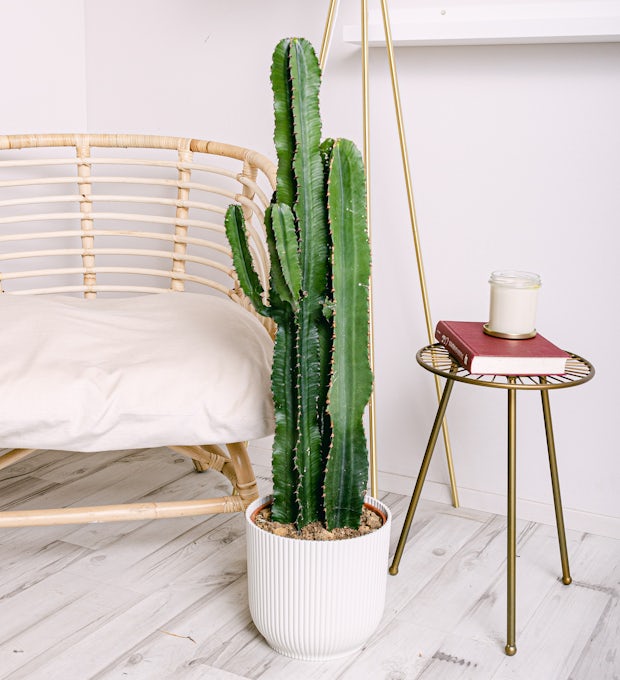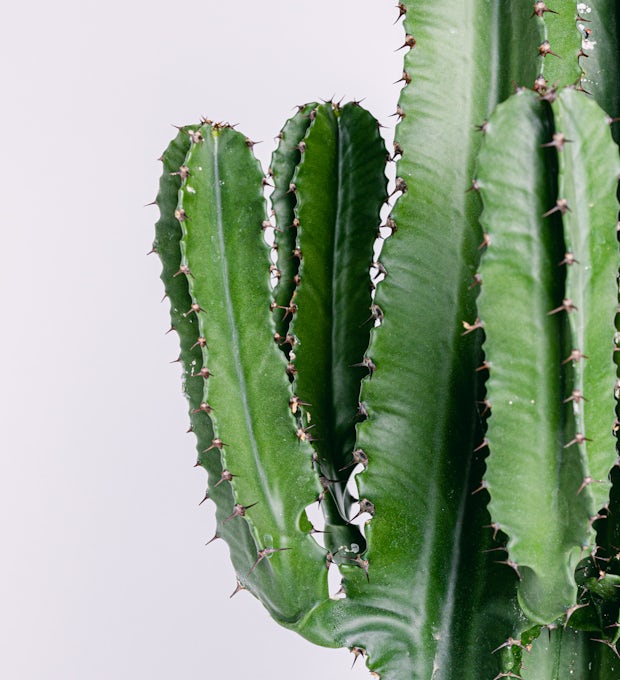This article is all about finding the perfect houseplant for your home and developing your gardening skills. Houseplants are essential for any home, as they can not only create a pleasant atmosphere, but also improve Air Quality and reduce stress. Whether you're a beginner or advanced in the world of houseplants, we've got the best plant recommendations for you. Learn how to choose the right plant for the right location, master the basics of houseplant care, and get tips on pest control and disease prevention. Discover creative ideas for decorating with houseplants and get useful tips and tricks for designing an indoor garden. Read on to awaken your love for houseplant care and turn your home into a green oasis.
Why houseplants are essential in every household
Houseplants are essential in any household, as they are not only decorative, but also provide numerous health and psychological benefits. They improve air quality by producing oxygen and filtering pollutants. In addition, houseplants increase humidity, which is especially beneficial in dry indoor environments. They can also reduce stress and have a calming effect, resulting in a more comfortable indoor climate.
Another reason why houseplants are essential is their ability to improve mood and increase well-being. The green color of the plants has a calming effect and can reduce stress. Houseplants also create a natural and lively atmosphere in any room and give it a certain freshness.
In addition, houseplants can help you feel connected to nature, even if you live in an urban environment. They bring the beauty of nature into the home and allow us to express our love for nature and take care of something alive.
Overall, houseplants are an asset to any home. Not only do they provide aesthetic benefits, but they also improve air quality, reduce stress and create a positive atmosphere. Whether you're a beginner or advanced, there's a houseplant for everyone. So why not choose a plant and discover the joy of gardening
The Best Houseplants for Beginners and Intermediates
The best houseplants for beginners and intermediates are those that are easy to care for and adapt easily to indoor conditions. One of the most popular plants is the rubber tree, which requires little light and water and can filter harmful chemicals from the air. Another favorite is the ficus, which also requires little care and is a good choice for people with pets because it is non-toxic. The spider plant is also a great option for beginners as it grows quickly and is difficult to kill. For advanced users, there are many more demanding plants such as Calathea or Monstera Deliciosa, which, although they require more care, offer a nice reward if grown successfully. It's important to note that each plant has different needs, including light and water requirements and temperature tolerance. Before you buy a plant, you should make sure that it is suitable for your living space. If you're struggling to decide which plant is best for you, consider seeking advice from an expert at a local garden center. With a little patience and care, you can keep your houseplants happy and healthy, filling your home with natural beauty and fresh air.
We ship plants to all locations, you can see more options here.
How to choose the right plant for the right place
When buying a houseplant, it is important to consider the needs of the plant and choose the right place for it. Before choosing a plant, you should consider what the lighting conditions are in the room. For example, if a room has a lot of natural light, plants that need a lot of light, such as cacti or succulents, are suitable. For rooms with little daylight, on the other hand, plants that can grow in the shade, such as bow hemp or monoleaf, are suitable. It is also important to consider how much space the plant needs and whether it should be planted in a pot or directly in the soil.
Another important factor in choosing the right plant is the indoor climate. Some plants require higher humidity than others to stay healthy. Therefore, in rooms with dry air, it may be advisable to choose a plant, such as a type of fern, that requires higher humidity.
It is also important to consider the plant's care needs. If you don't have a lot of time to take care of the plant, you'll want to choose a sturdy plant that doesn't require as much maintenance. However, those who like to invest time in caring for their plants and have experience in handling houseplants can also opt for more demanding species.
In conclusion, when choosing a houseplant, it is important to consider the right place and know the needs of the plant. By taking these factors into account, you can ensure that the plant stays healthy and thrives.
We ship plants to all locations, you can see more options here.
The basics of caring for houseplants: light, water and fertilizer
The basics of caring for houseplants: light, water and fertilizer
In order for houseplants to grow healthy and beautiful, it is important to take care of their basic needs. These include light, water, and fertilizer.
Light is crucial for houseplants because they photosynthesise and derive energy from it. It's important to note that different plants have different light needs. Some prefer bright, direct sunlight, while others prefer to thrive in shaded areas. Therefore, position your plants according to their individual needs. If you find that a plant is not getting enough light, you can also use artificial light.
Proper watering is also important. Most houseplants need to be watered regularly, but it's important to use the right amount of water. Too much water can suffocate the roots and cause root rot, while too little water dries out the plant. A good rule of thumb is to let the soil dry slightly before watering and then water thoroughly until the water drains out of the pot.
In addition to light and water, houseplants also need nutrients from fertilizers. There are different types of fertilizers, such as liquid fertilizers or slow-release fertilizers. It is important to follow the instructions on the package and not to over-fertilize the plants, as this can cause root burns.
By following these basics of caring for houseplants—light, water, and fertilizer—you can ensure that your plants stay healthy and enrich your home with their beauty.
Pest Control and Disease Prevention in Houseplants
Pests and diseases can affect the growth and health of houseplants. It is therefore important to regularly watch for signs of pest infestation or disease and to take action early. One way to get rid of pests is to spray the plants with water or a soapy solution. Wiping the leaves with a damp cloth can also help remove pests. In more stubborn cases, insecticides can be used, but these should always be used with caution and according to the instructions on the label.
Good ventilation and sufficient spacing between plants are important to prevent disease. proper watering is also crucial: waterlogging can lead to the development of fungal diseases. If a plant is already diseased, it should be isolated to prevent the disease from spreading to other plants.
Another way to prevent pests and diseases is to clean the plants and their surroundings regularly. Dead leaves or fallen flowers should be removed to prevent the growth of bacteria or fungi. Repotting plants in fresh soil can also help keep them healthy.
Overall, pest control and disease prevention is an important part of houseplant care. Regular monitoring and appropriate measures can prevent problems or fix them early to ensure that plants remain healthy and beautiful.
Creative ideas for decorating with houseplants
Creative ideas for decorating with houseplants can add a fresh and vibrant touch to your home. There are several ways to use houseplants in your interior to create a pleasant atmosphere. An easy way is to place plants in hanging baskets or shelves to add vertical accents while saving space on surfaces. You can also arrange different types of houseplants in groups to create a small indoor garden. Adding small succulents or cacti to terrariums or glass containers can also create an interesting eye-catcher. In addition, you can use houseplants as natural room dividers by placing them in large pots or planters. If you're looking for a creative way to decorate, you could try attaching plants to the wall, either with special wall mounts or by hanging climbing plants on a trellis. Keep in mind that it's important to consider each plant's needs, such as their light and moisture needs, to ensure they can thrive in the given conditions. With a little creativity and experimentation, you can make your houseplants real eye-catchers in your interior design.
Tips and tricks for designing an indoor garden
An indoor garden can be a wonderful way to enhance the interior of your home and create a green oasis. Here are a few tips and tricks for designing your own indoor garden.
1. Choose the right plants: When designing an indoor garden, it's important to choose plants that match the lighting conditions in your home. Different plants have different light requirements, so you should do your research before buying.
2. Choose different sizes and shapes: By choosing plants with different heights and shapes, you can create interesting visual effects and make your indoor garden more versatile.
3. Use vertical surfaces: If you're short on space, you can use vertical surfaces like walls or shelves to accommodate more plants. Hanging planters or climbing plants can also be a great way to elevate your indoor garden.
4. Pay attention to care requirements: Each plant has different needs in terms of water, light, and fertilizer. Find out about the care needs of your plants and make sure you care for them properly.
5. Experiment with decorative elements: In addition to plants, you can also use other decorative elements such as stones, pebbles or small figurines to embellish your indoor garden and give it a personal touch.
With these tips and tricks, you can create a beautiful and low-maintenance indoor garden that will enrich your home and give you gardening pleasure. Have fun trying it out!
Houseplants are not only a pretty decoration for our home, but also a source of joy and relaxation. In this article, we've shown you how to find the perfect houseplant for your home and improve your gardening skills. We've introduced you to the best plants for beginners and advanced growers, and shown you how to choose the right plant for the right location. We've also explained the basics of caring for houseplants and given you tips on pest control and disease prevention. We hope that you are now ready to create your own indoor garden and let your creativity run wild when decorating with houseplants. Remember that houseplants are living things and need our love and attention to stay healthy and happy. Let's share our love for nature together and take care of our green friends!
